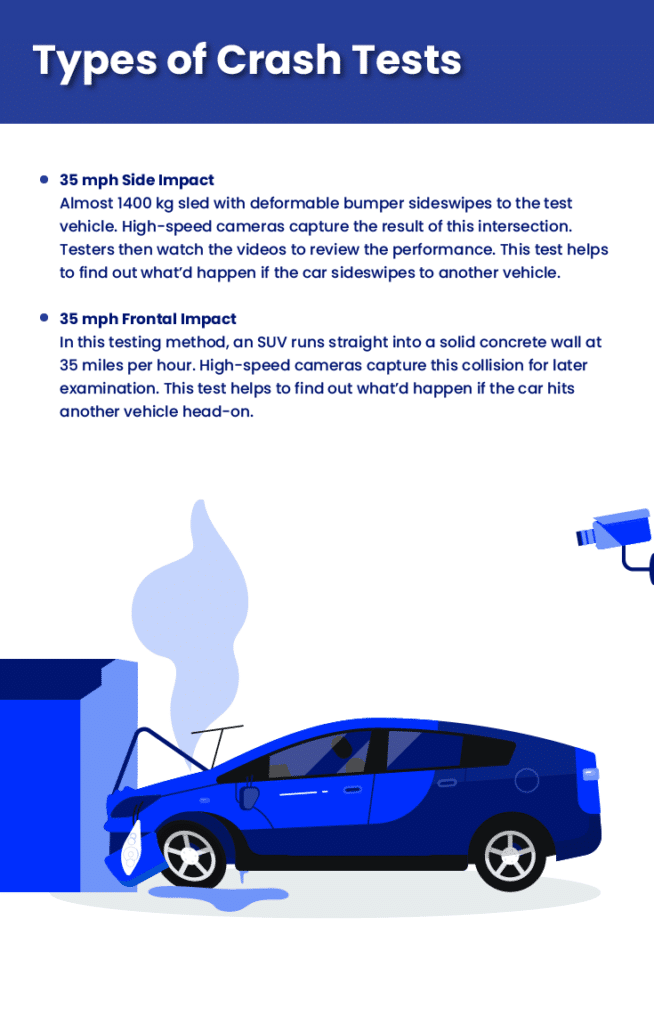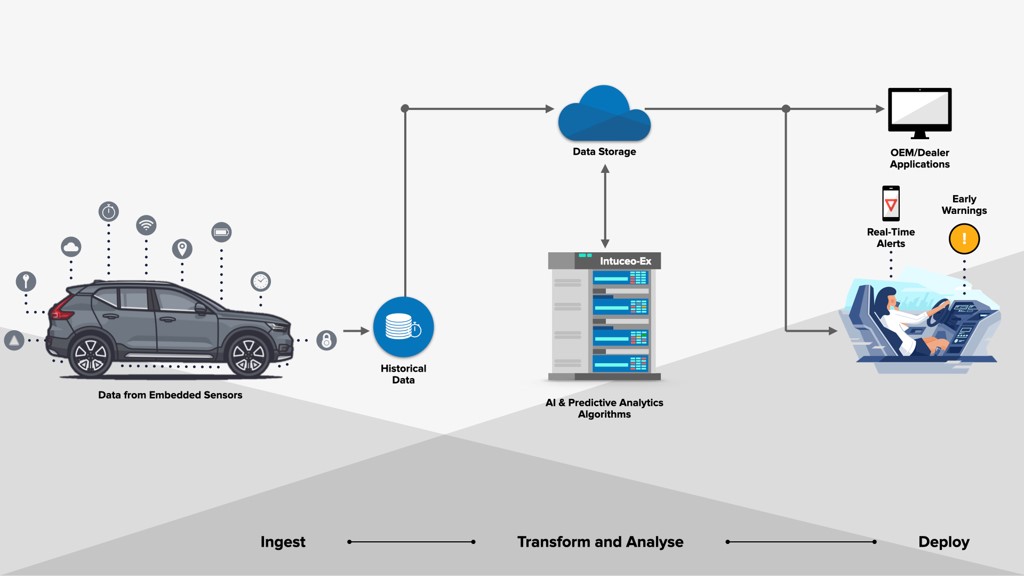Introduction
In today’s fast-paced world, cars have become an integral part of our lives, facilitating our daily commutes, family trips, and adventures. However, with the privilege of owning a car comes the responsibility of ensuring its safety. Whether you’re a seasoned driver or a first-time car buyer, understanding automotive safety ratings is crucial to make an informed decision about the vehicle you choose to drive.
In this comprehensive guide, we’ll explore the intricacies of automotive safety ratings, shedding light on the rigorous testing procedures that cars must undergo to earn those coveted stars or high safety scores. From crash tests to advanced safety technologies, we’ll dive deep into the world of automotive safety assessments.
Chapter 1: Crash Tests – The Foundation of Safety Ratings
What Are Crash Tests?
At the heart of automotive safety ratings are crash tests, which serve as the foundation for assessing a car’s safety performance. These tests simulate various collision scenarios to determine how well a vehicle protects its occupants in the event of a crash. Crash tests provide valuable data on factors such as structural integrity, airbag effectiveness, and overall crashworthiness.
Types of Crash Tests
There are several types of crash tests, each designed to evaluate specific aspects of a car’s safety. Some of the most common crash tests include:
Frontal Crash Test: This test simulates a head-on collision, assessing how well the car’s front end absorbs and distributes the impact energy.
Side-Impact Crash Test: In this test, a vehicle is subjected to a side impact, mimicking a T-bone collision. It evaluates side-impact airbags and structural integrity.
Rollover Test: Rollover tests assess a car’s stability and the likelihood of it tipping over during extreme maneuvers.
Pedestrian Safety Test: To ensure the safety of pedestrians, this test evaluates the car’s front-end design and features that mitigate the severity of injuries in case of a pedestrian impact.
Chapter 2: Advanced Safety Technologies
The Role of Advanced Safety Systems
In recent years, automotive safety has taken a giant leap forward with the integration of advanced safety technologies. These systems go beyond traditional crash tests and are designed to prevent accidents altogether or reduce their severity. Here are some key advanced safety technologies that contribute to higher safety ratings:
Antilock Braking System (ABS): ABS prevents wheel lockup during hard braking, helping the driver maintain control and steer during emergency stops.
Electronic Stability Control (ESC): ESC detects and mitigates skids or slides, improving a car’s stability during abrupt maneuvers.
Lane Departure Warning (LDW): LDW alerts the driver when the vehicle unintentionally drifts out of its lane.
Automatic Emergency Braking (AEB): AEB systems can apply the brakes automatically if they detect an impending collision, helping to reduce the severity of crashes or avoid them entirely.
Adaptive Cruise Control (ACC): ACC maintains a safe following distance from the vehicle in front, adjusting the car’s speed automatically.
Chapter 3: Safety Ratings Organizations
Who Evaluates Vehicle Safety?
Now that we’ve covered the testing procedures and advanced safety technologies, you might wonder who conducts these assessments and assigns safety ratings to vehicles. Several organizations around the world are dedicated to evaluating vehicle safety, and some of the most notable ones include:
National Highway Traffic Safety Administration (NHTSA): A U.S. government agency, NHTSA conducts safety tests and assigns star ratings to vehicles based on their performance.
Insurance Institute for Highway Safety (IIHS): IIHS is an independent organization that conducts rigorous crash tests and evaluates vehicle safety features. They award Top Safety Pick and Top Safety Pick+ designations to the safest cars.
Euro NCAP: Euro NCAP is the European New Car Assessment Programme, responsible for testing and rating the safety of European cars.
ANCAP: The Australasian New Car Assessment Program assesses the safety of vehicles in Australia and New Zealand.
Chapter 4: Interpreting Safety Ratings
What Do Safety Ratings Mean?
Understanding safety ratings is essential, but interpreting them can be confusing. Safety ratings are typically represented using stars, numbers, or grades, and they vary from one organization to another. Here’s a general guide on how to interpret safety ratings:
Star Ratings: Many organizations, like NHTSA, use a star rating system, with more stars indicating higher safety. A 5-star rating is usually the highest.
Crash Test Scores: Some organizations provide specific scores for various crash tests, helping you understand a vehicle’s performance in different scenarios.
Safety Awards: Look for vehicles that have received safety awards, such as IIHS Top Safety Pick or Euro NCAP’s highest rating.
Overall Assessment: Consider the overall assessment provided by the safety organization, which takes into account crash tests, safety features, and other factors.
Conclusion
Automotive safety ratings play a pivotal role in helping consumers make informed decisions when purchasing a car. By understanding the rigorous testing procedures, advanced safety technologies, and the organizations responsible for evaluating vehicle safety, you can prioritize safety and choose a vehicle that provides the protection you and your loved ones deserve. The next time you’re in the market for a new car, remember to check the safety ratings and drive with peace of mind, knowing that your vehicle is designed to keep you safe on the road.





